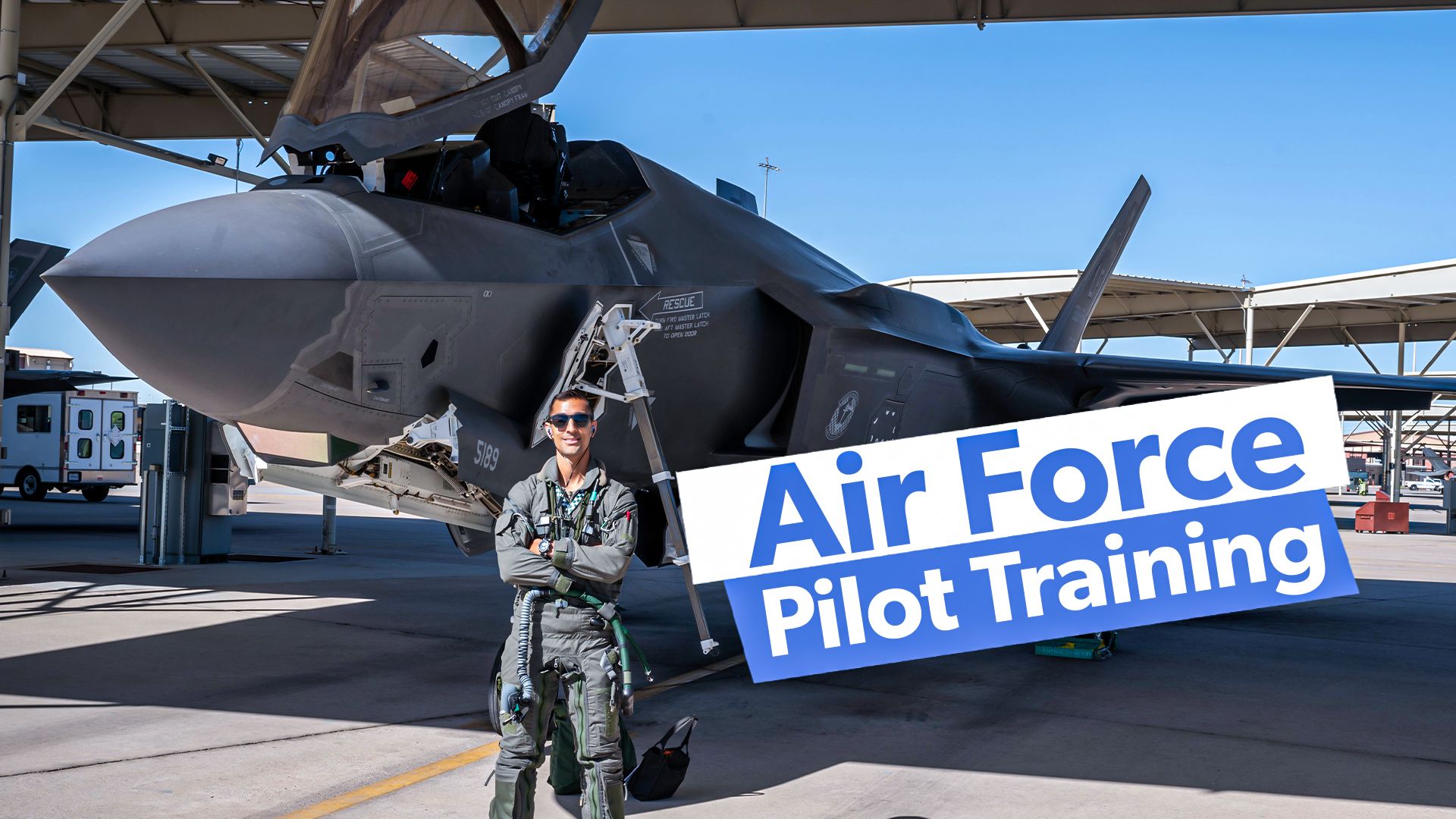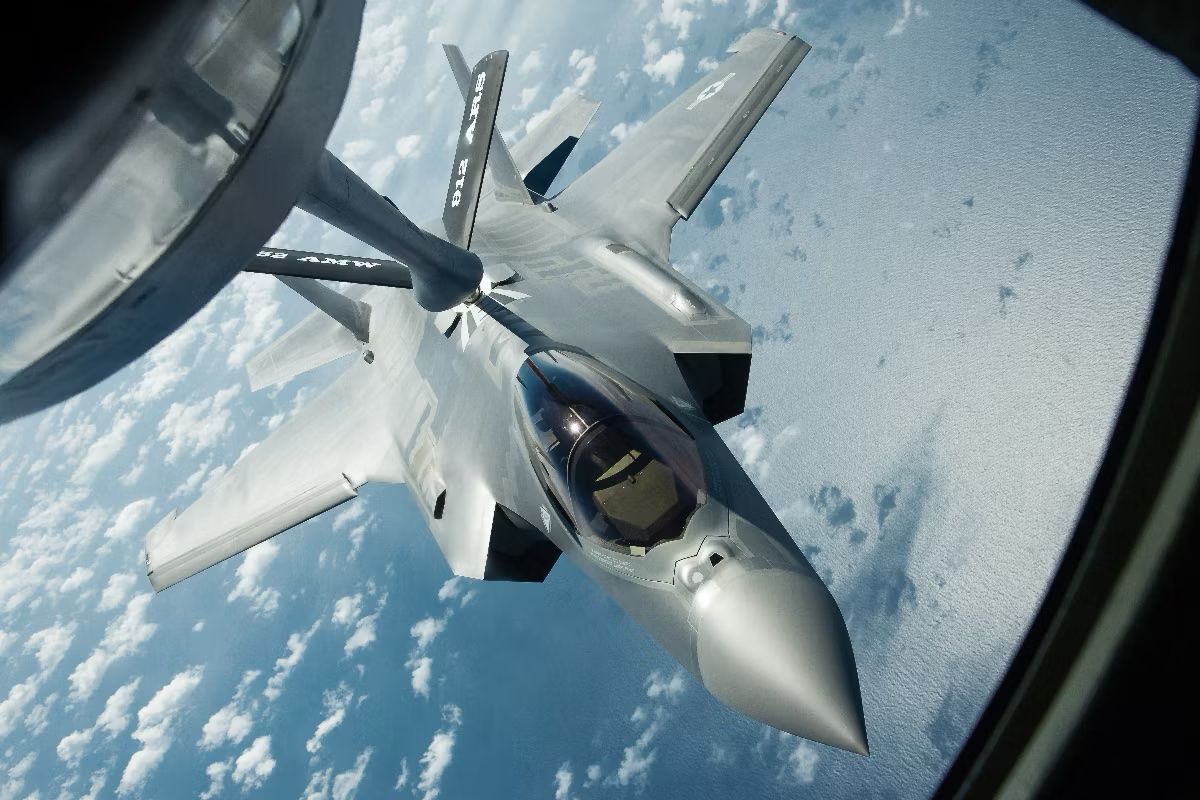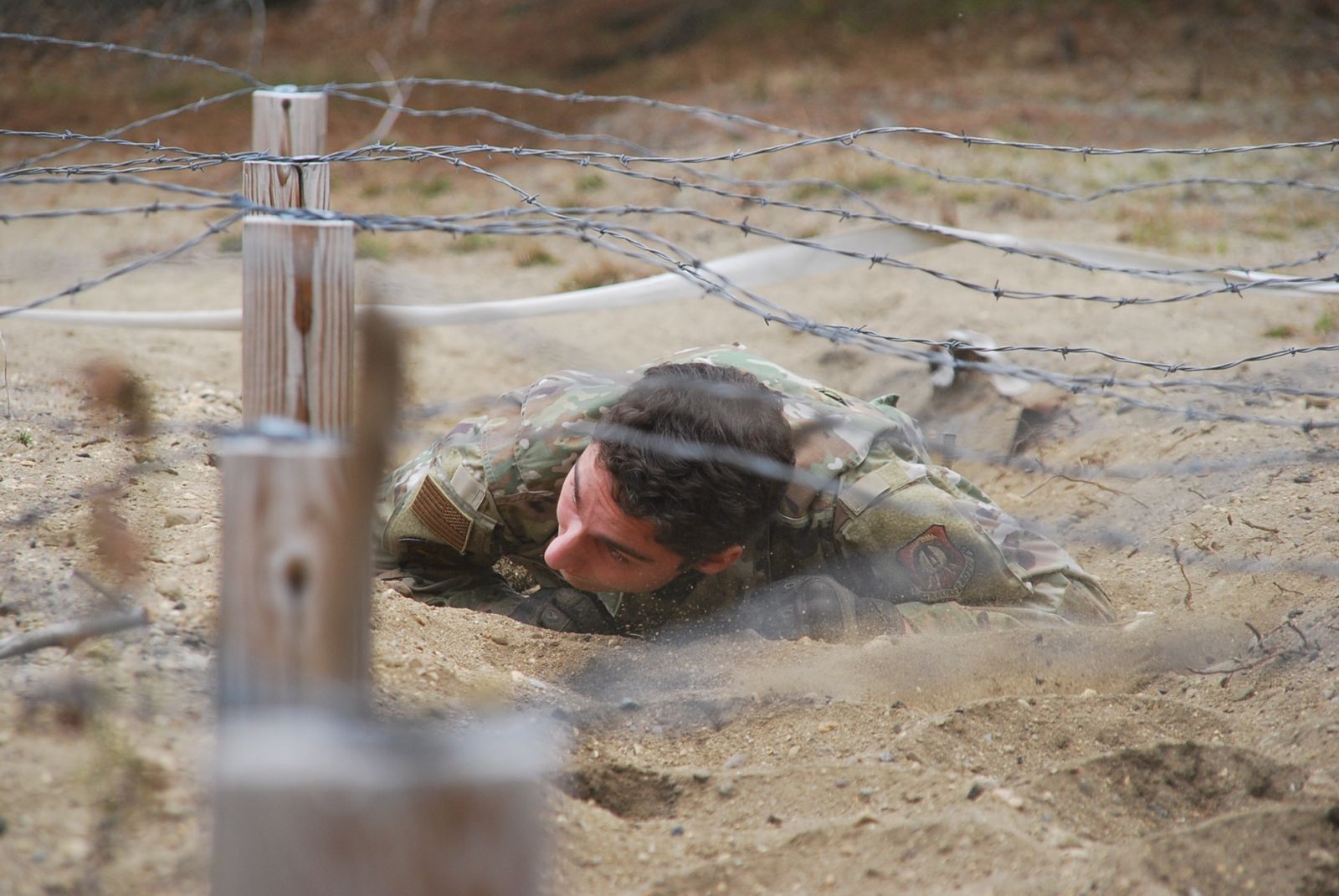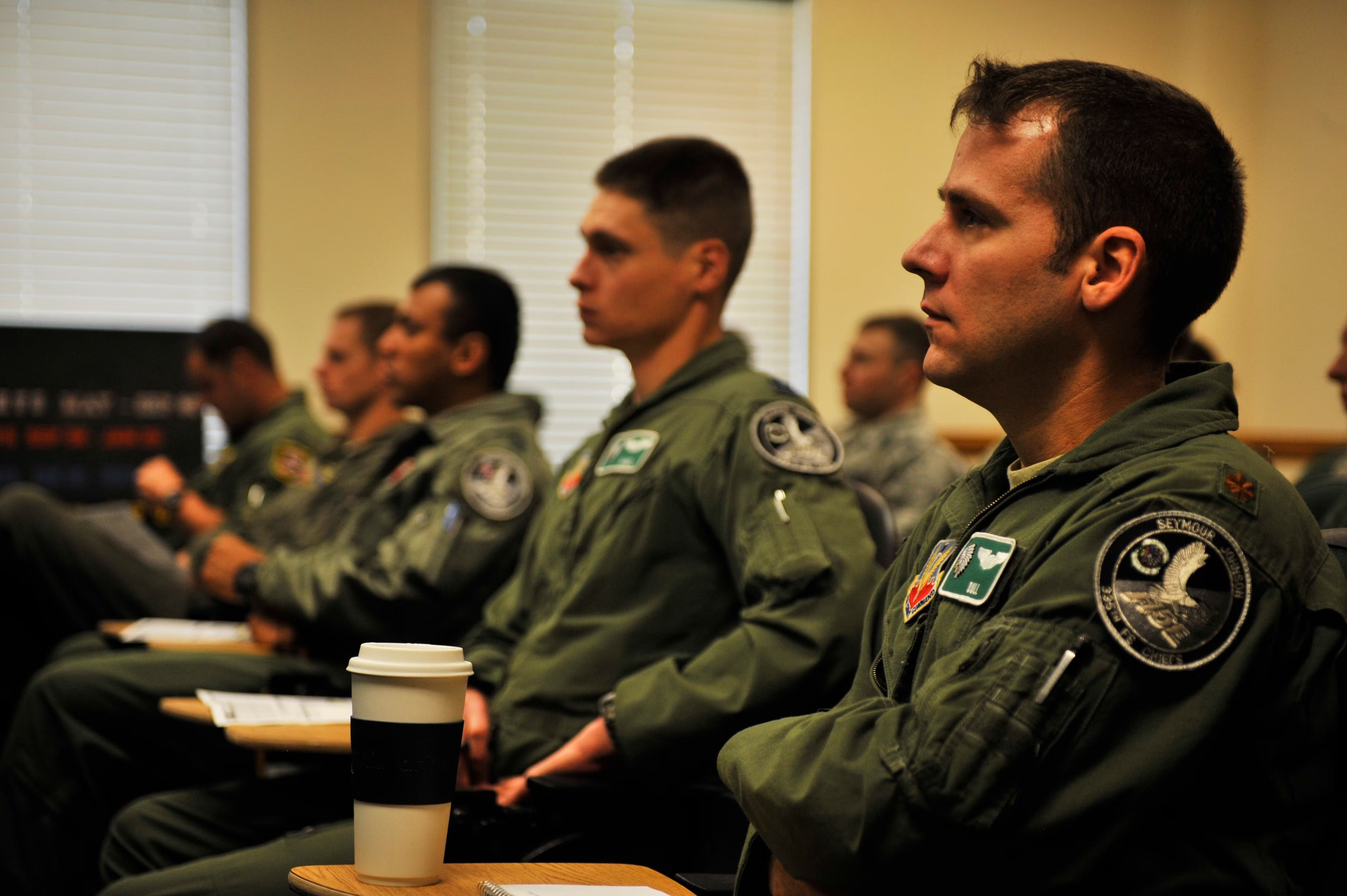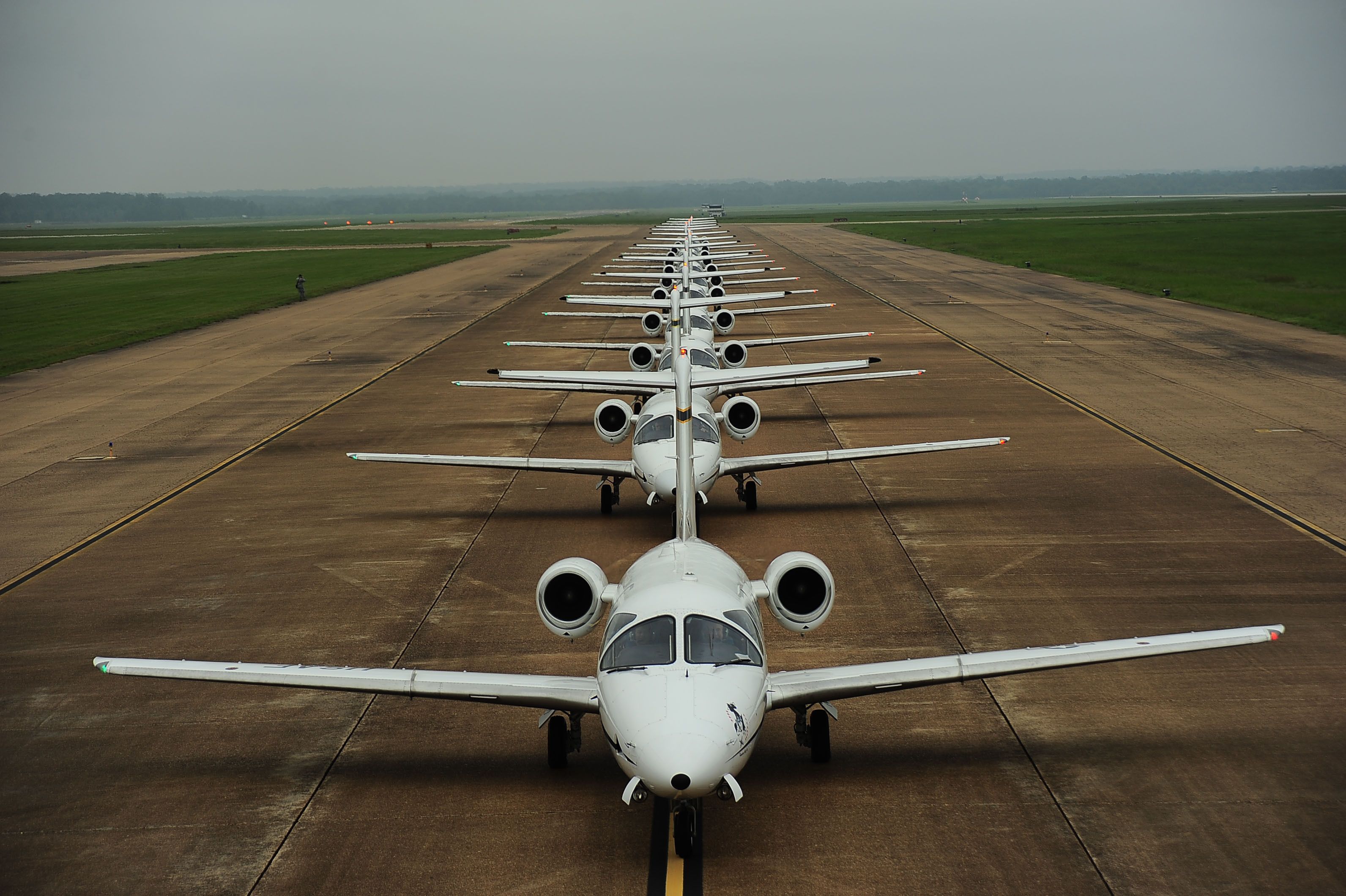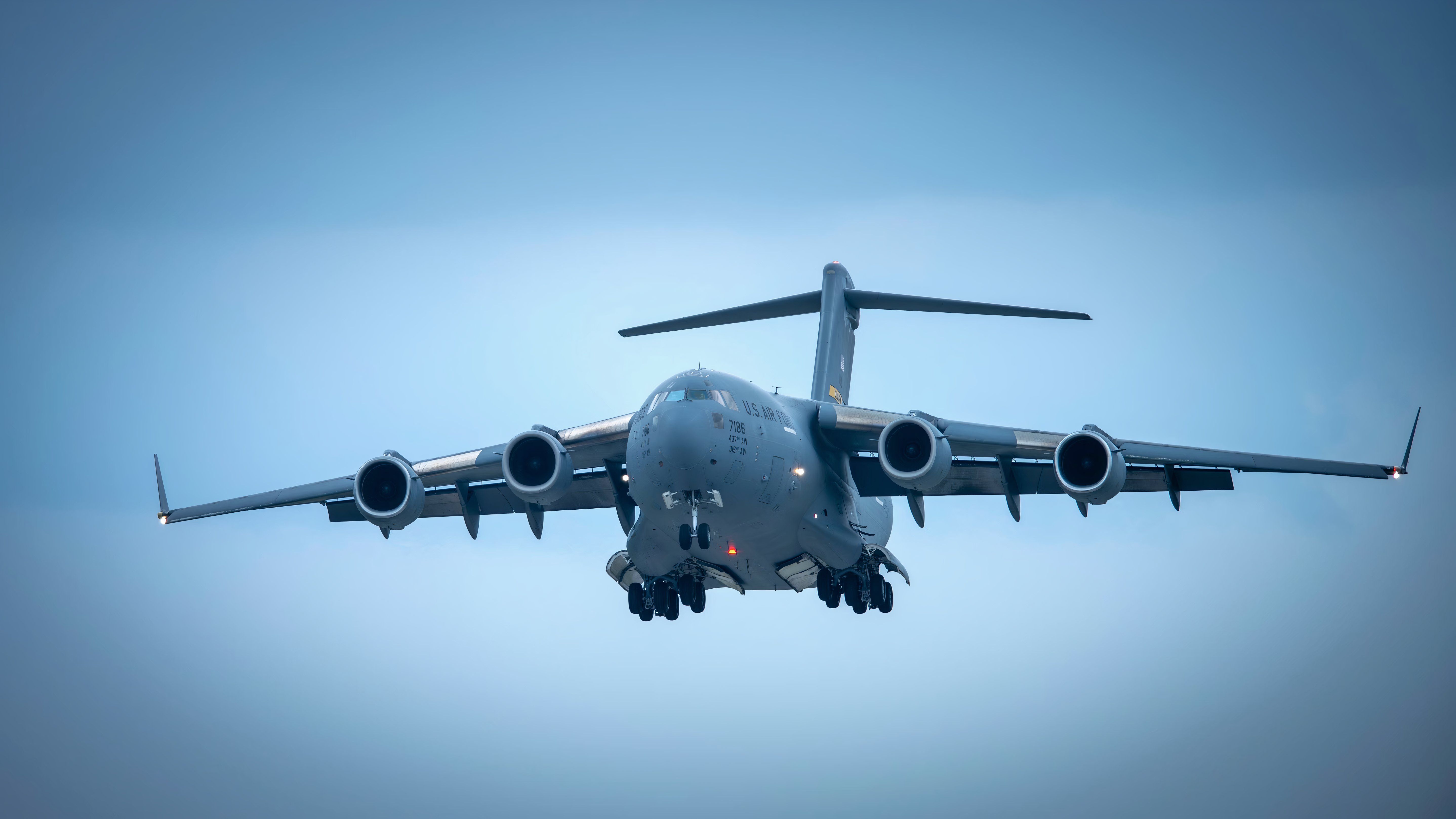Summary
- USAF pilot training includes undergraduate programs, initial flight screenings, and specialized courses.
- After undergraduate schooling, full-time flight training lasts 2-3 years before operational flights for new officers.
- Training for specialized aircraft like UAVs and fighter jets continues after initial flight training completion.
For those who have spent a fair amount of time watching movies like Top Gun: Maverick, the life of a pilot in the United States Armed Forces may seem appealing. United States Air Force (USAF) pilots, who fly some of the most advanced aircraft in the world, go through years of training before becoming pilots.
To become a pilot in the Air Force, one must first become a commissioned officer in the USAF, which is no easy feat and usually requires an undergraduate degree. Then, cadets must undergo years of flight training before they can begin operational flights on military planes.
Photo: United States Air Force
As a result, extremely few cadets can make it all the way through the various stages of training in the Air Force, and those who do will often serve as pilots for years before transitioning to a civilian lifestyle or a life in the reserves. In this article, we will look at the lengths the United States Air Force goes to when training its pilots.
Education and pre-service training
As mentioned, pilots must begin their careers by seeking an undergraduate degree through a program that will result in a commission in the United States Air Force. Typically, this is achieved through the Air Force Reserve Officer Training Corps (AFROTC), which partners with universities nationwide to train prospective cadets, or through four years of study at the Air Force Academy in Colorado.
Photo: Yale Air Force Reserve Officer Training Corps
Such programs offer cadets a four-year opportunity to develop their leadership skills and become the next generation of USAF officers. After graduation, successful cadets will be commissioned in the Air Force and the Space Force. According to Yale University’s Air Force ROTC detachment, cadets will also develop the physical capabilities required for service in various careers across both branches of the US military.
During their time in training, AFROTC cadets can take part in dozens of exercises during the school year and throughout their summers. Cadets can also begin flight training, tour Air Force bases, and travel across the globe through Air Force-sponsored programs.
Post-graduation training
After being commissioned as officers, it is time for recent college graduates with ambitions of becoming pilots to begin full-time flight training. In total, recently commissioned Second Lieutenants will spend two to three years training before being qualified to begin operational flights.

Related
The Different Ways To Cover The Costs Of Pilot Training
How can you finance a lifelong dream of being a professional pilot? Let’s review some practical options.
Becoming a pilot in the USAF is an immense commitment, especially considering the organization has already invested heavily in one’s college education and training. As a result of such extensive training, pilots who graduate from what is referred to as Undergraduate Pilot Training (UPT) will incur a mandatory service commitment of ten years of active duty.
Those who begin flight school will do so through the Air Education and Training Command, which conducts flight training and trains aircrews nationwide. Each year, the organization trains more than 3,400 cadets, according to its website.
Photo: United States Air Force
Training begins with Initial Flight Screenings for candidates at Pueblo, Colorado, to gauge their suitability for flight and ensure their preparation for the rigors of military aviation. If successful, candidates will then attend Euro-NATO Jet Pilot Training (ENJJPT) at Sheppard Air Force Base in Texas or Specialized Undergraduate Pilot Training at different air bases across the country.
At these ENJJPT, students will be taught by Air Force officers or those from the aerial warfare services of NATO allies. Here, students will primarily fly the T-6 Texan II trainer, where lessons will emphasize contact, instrumentation, low-level, and formation flying before they move on to training with the T-38 Talon fighter trainer.
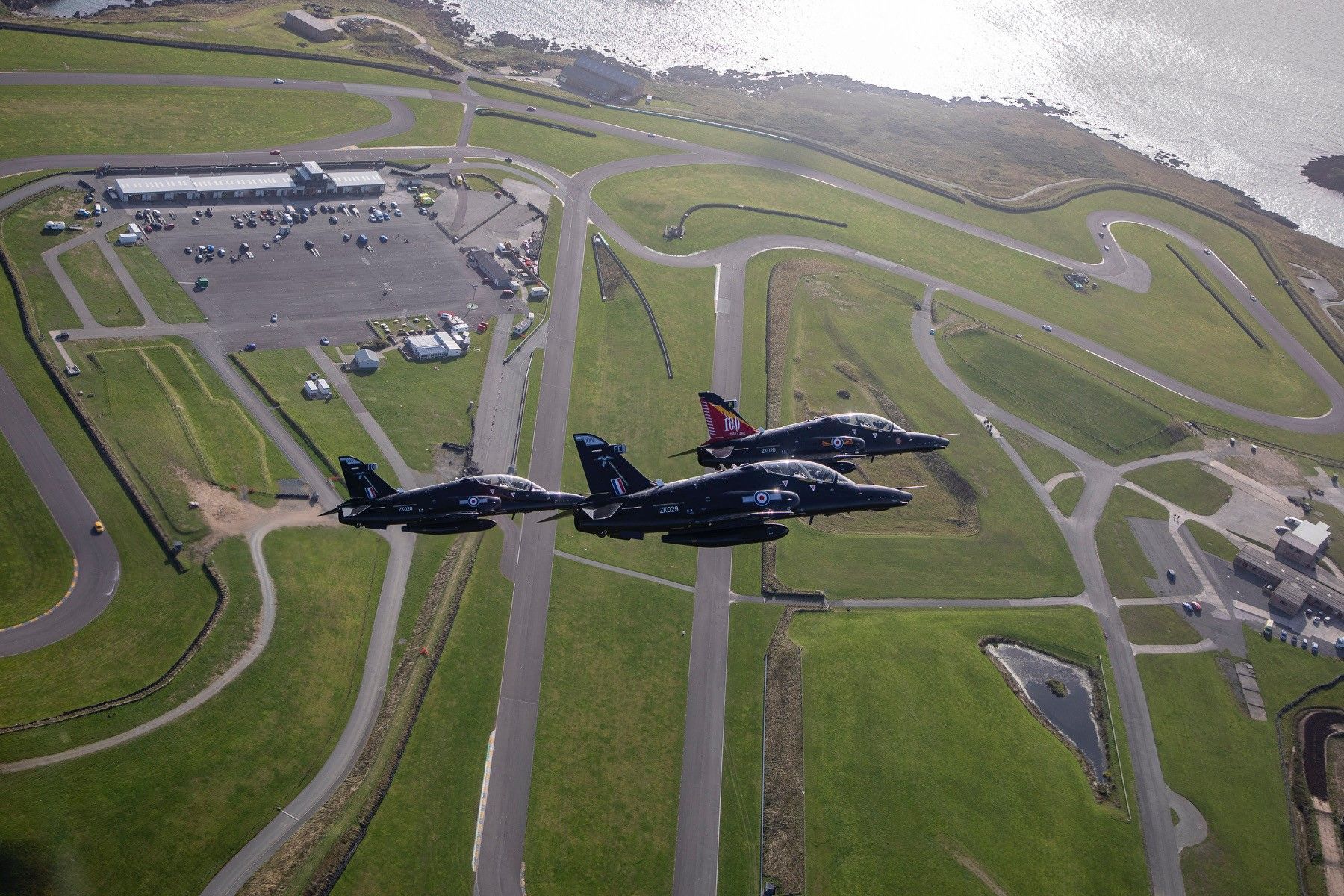
Related
Explained: Why North Wales Is Such A Hotspot For Military Pilot Training
The RAF loves flying over the north of Cymru.
Specialized Undergraduate Pilot Training operates slightly differently. The program is split into the following three portions:
- Academic/Ground Training
- Primary Flying Training,
- Advanced Flying Training
These stages of training center around flight training, which aims to teach the key techniques required for operating advanced aircraft. Ground training is also used to reinforce the principles taught during flight training. Lastly, officer development training strengthens a pilot’s leadership skills and helps them better understand their role as a pilot and officer.
Later training stages
Once candidates have completed the first stages of specialized flight training, they will be chosen for one of three advanced training tracks. While students may maintain a preference, the organization will assign them based on their current needs and officer academic and training performance. These three tracks include:
- Airlift and tanker pilot training track
- Bomber or fighter pilot training track
- Helicopter training track
Those headed for airlift or tanker training will be assigned to fly the T-1 Jayhawk, while those bound for bomber/fighter training will continue to train on the aforementioned T-38. For those bound to operate USAF helicopters, the third track will begin training with the TH-1H, a trainer variant of the UH-1 Iroquois.
Photo: United States Air Force
A fourth track is exclusively reserved for some of the organization’s most dedicated pilots. Each year, the organization selects approximately 160 students for flight duty with Unmanned Aerial Vehicles (UAVs).
Later training
The Air Force will continue to support pilots even after they complete introductory flight training with specialized training on different aircraft. This ranges from fighter training for jets like the F-15 Eagle at Kingsley Field, Oregon, to the F-16 Fighting Falcon at multiple bases nationwide.
Photo: United States Air Force
Those assigned for training in aircraft like the KC-135 Stratotanker or the C-17 Globemaster III will be trained at Altus Air Force base in Oklahoma. Training for the latest F-35A Lightning II jets will occur at Eglin Air Force Base in Florida.
Eventually, pilots can apply for individual postings with organizations like the National Guard. According to the Vermont National Guard, all new candidates must be in good overall health and capable of obtaining Top Secret clearance, among other requirements.

